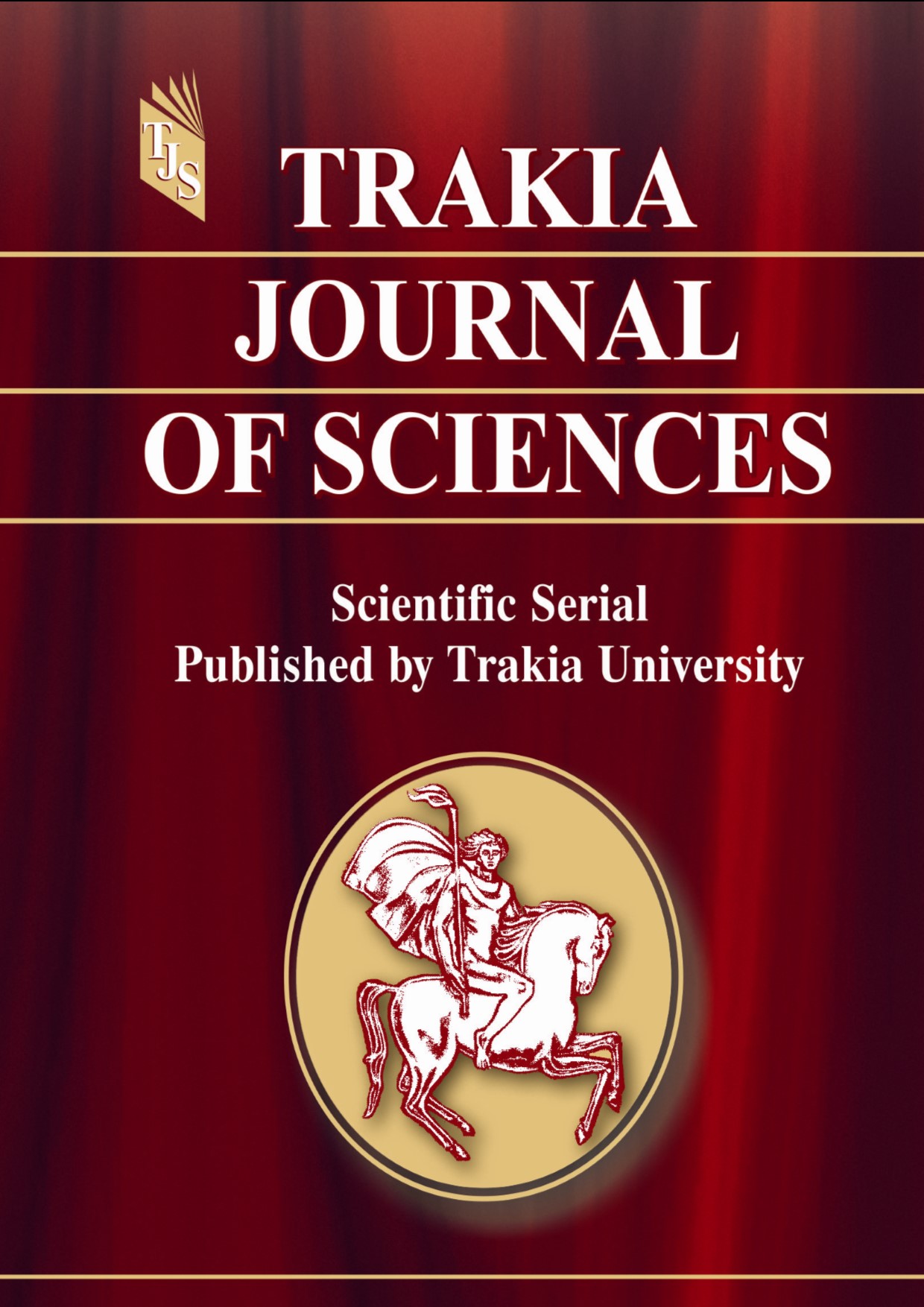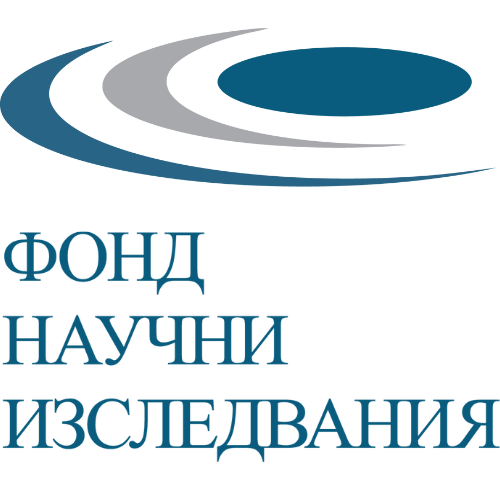EVALUATION OF HEALTH BENEFITS OF THE USE OF INNOVATIVE SELF-EXPANDING LASER-CUT STENT TECHNOLOGY
DOI:
https://doi.org/10.15547/tjs.2025.02.006Keywords:
cerebral aneurysms, treatmentAbstract
INTRODUCTION: The evaluation of health technologies plays a crucial role in modern healthcare, providing a reliable foundation for making informed decisions regarding the reimbursement of new medical devices, drug therapies, and diagnostic approaches. A review has been conducted to outline the benefits of implementing the innovative self-expanding laser-cut stent technology in the treatment of cerebral aneurysms.
OBJECTIVE: The aim of this study is to assess the benefits, safety, and efficacy of using a self-expanding laser-cut stent for the treatment of cerebral aneurysms, which represents the most common endovascular approach for managing these conditions.
MATERIALS: A documentary research method was employed, including a systematic review of literature from electronic databases such as PubMed, Scopus, Web of Science, and ResearchGate, using specialized software to evaluate existing risks, safety, and efficacy in the application of a self-expanding laser-cut stent for cerebral aneurysm treatment. The procedural aspects, types of complications, clinical outcomes, and aneurysm occlusion rates with self-expanding laser-cut stents were retrospectively analyzed.
RESULTS: Studies indicate that embolization devices utilizing self-expanding laser-cut stents achieve a complete occlusion rate of 83.3% and a favorable occlusion rate of 97.7% in a one-year angiographic study of 174 aneurysms, with minimal morbidity and no mortality associated with the intervention. This suggests that the treatment is a safe and effective approach for intracranial aneurysms. Based on findings from multiple independent studies, treatment with the DED stent represents a reasonable, safe, and effective alternative.
CONCLUSION: The data from various studies support endovascular techniques as a safe and effective therapeutic method for treating cerebral aneurysms, even in the acute phase. The identified clinical evidence demonstrates the added value of self-expanding laser-cut stents for embolization as a safe and effective option for treating cerebral aneurysms by redirecting blood flow when other endovascular or neurosurgical techniques are not viable.
References
Mahajan NP, Mushtaq M, Bhatti A, et al. REtrospective Multicenter INdian Study of Derivo Embolization Device (REMIND): PeriproceduralSafety. Neurointervention, 16(3), 232–239, 2021.
Piano M, Lozupone E, Sgoifo A, et al. Long-term follow-up of the Derivo® Embolization Device (DED®) for intracranial aneurysms: The Italian Multicentric Registry. J Neurosurg Sci. 65(3):361-368, 2021.
Piñana, Carlos et al. “Derivo embolization device for intracranial aneurysms: a Spanish multicenter retrospective study.” J Neurointerv Surg. 15:9, 871-875, 2023.
Akgul, Erol et al. “The DERIVO Embolization Device in the Treatment of Intracranial Aneurysms: Short- and Midterm Results.” World neurosurgery 95, 229-240, 2016.
Brinjikji, W., Murad, M. H., Lanzino, G., Cloft, H. J., & Kallmes, D. F. Endovascular treatment of intracranial aneurysms with flow diverters: a meta-analysis. Stroke, 44(2), 442–447, 2013.
Kaschner MG, Petridis A, Turowski B. Single-center experience with the new generation Derivo Embolization Device in ruptured dissecting and blister aneurysms. Acta Radiologica. 61(1):37- 46, 2020.
Zaeske C, Goertz L, Dorn F, et al. Comparative Analysis of the Pipeline and the Derivo Flow Diverters for the Treatment of Unruptured Intracranial Aneurysms-A Multicentric Study. World Neurosurg., 145:326-331, 2021.
Goertz L, Zopfs D, Kottlors J, et al. Long-term Safety and Efficacy of the Derivo Embolization Device in a Single-center Series. Clin Neuroradiol, 34(4):789-798, 2024.
Daglioglu E, Akmangit I, Acik V, et al. The Experience of the Derivo® Embolisation Device in Intracranial Aneurysms. Turk Neurosurg., 30(1):30-37, 2020.
Goertz L, Dorn F, Kraus B, et al. Improved Occlusion Rate of Intracranial Aneurysms Treated with the Derivo Embolization Device: One-Year Clinical and Angiographic Follow-Up in a Multicenter Study. World Neurosurg, 126:e1503-e1509, 2019.
Molyneux AJ, Birks J, Clarke A, Sneade M, Kerr RS. The durability of endovascular coiling versus neurosurgical clipping of ruptured cerebral aneurysms: 18 year follow-up of the UK cohort of the International Subarachnoid Aneurysm Trial (ISAT), Lancet; 385(9969):691-7, 2015.
Simgen A, Roth C, Kulikovski J, et al. Endovascular treatment of unruptured intracranial aneurysms with flow diverters: A retrospective long-term single center analysis. Neuroradiol J.;36(1):76-85, 2023.
Zaeske C, Goertz L, Dorn F, et al. Comparative Analysis of the Pipeline and the Derivo Flow Diverters for the Treatment of Unruptured Intracranial Aneurysms-A Multicentric Study. World Neurosurg;145:e326-e331, 2021.
Incandela F, Craparo G, Abrignani S, et al. Flow diverting devices in acute ruptured blood blister aneurysms: a three centric retrospective study. Acta Biomed.;91(10-S):e2020011, 2020.
Yakar F, Elbir Ç, Civlan S, et al. Flow diverter stent treatment for unruptured supraclinoid segment internal carotid artery aneurysms: a Turkish multicenter study. Neurosurg Focus., 54(5):E8, 2023.
Tanburoglu A, Andic C. Early Treatment of Ruptured Blood Blister-Like Aneurysms of the Internal Carotid Artery With Flow Diverters Using Single Antiplatelet Therapy: A Single-Center Experience With Long-Term Follow-Up. Front Neurol.;12:708411, 2021.
Nguyen AM, Tran T, Trinh T, Nguyen H, Endovascular treatment of unruptured cavernous carotid aneurysms using flow diverter devices in Vietnam: A single-center prospective study, Interdisciplinary Neurosurgery, 32, 101749, 2023.
Simgen A, Mayer C, Kettner M, Mühl-Benninghaus R, Reith W, Yilmaz U. Retrospective analysis of intracranial aneurysms after flow diverter treatment including color-coded imaging (syngo iFlow) as a predictor of aneurysm occlusion. Interv Neuroradiol.; 28(2):190-200, 2022.
Goertz L, Zopfs D, Kottlors J, et al. Treatment of intracranial aneurysms with large-diameter (≥5.5 mm) Derivo Embolization Devices, with particular focus on 7 and 8 mm diameter devices. Interv Neuroradiol., 2024.
Butt W, Kim CN, Ramaswamy R, Smith A, Maliakal P. Implantation of Large Diameter (5.5-6 mm) Derivo Embolization Devices for the Treatment of Cerebral Aneurysms. Clin Neuroradiol., 32(2):481-489, 2022.
Fujimura S, Brehm A, Takao H, et al. Hemodynamic Characteristics and Clinical Outcome for Intracranial Aneurysms Treated with the Derivo Embolization Device, a Novel Second-Generation Flow Diverter. World Neurosurg. 159:e252-e259, 2022.
Trivelato FP, Abud DG, Ulhôa AC, et al. Derivo Embolization Device for the Treatment of Intracranial Aneurysms. Stroke.,50(9):2351-2358 2019.
Taschner CA, Stracke CP, Dorn F, et al. Derivo embolization device in the treatment of unruptured intracranial aneurysms: a prospective multicenter study. J Neurointerv Surg., 13(6):541-546, 2021.
Monteiro A, Burke SM, Baig AA, et al. A systematic review and meta-analysis of the Derivo Embolization Device: a novel surface-modified flow diverter for intracranial aneurysm treatment. J Neurointerv Surg., 14(11):1125-1129, 2022.
Application No. 17 B "Clinical paths No. 51, 120 and 206.

Downloads
Published
Issue
Section
License

This work is licensed under a Creative Commons Attribution-NonCommercial 4.0 International License.


